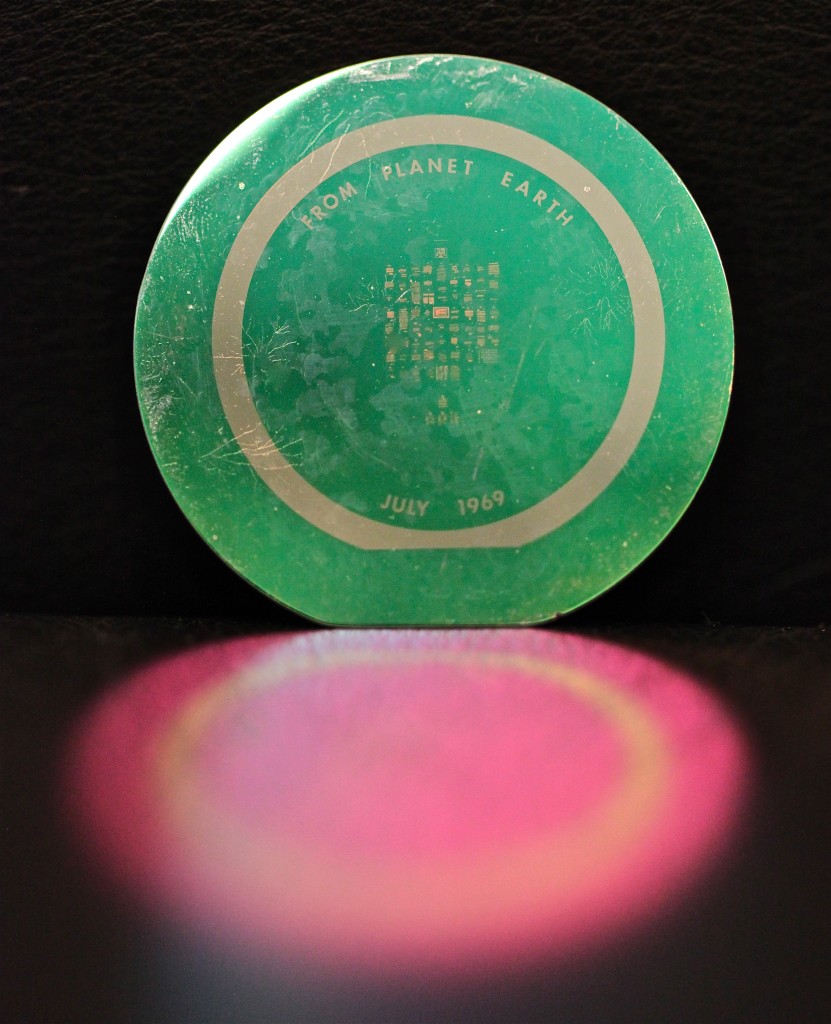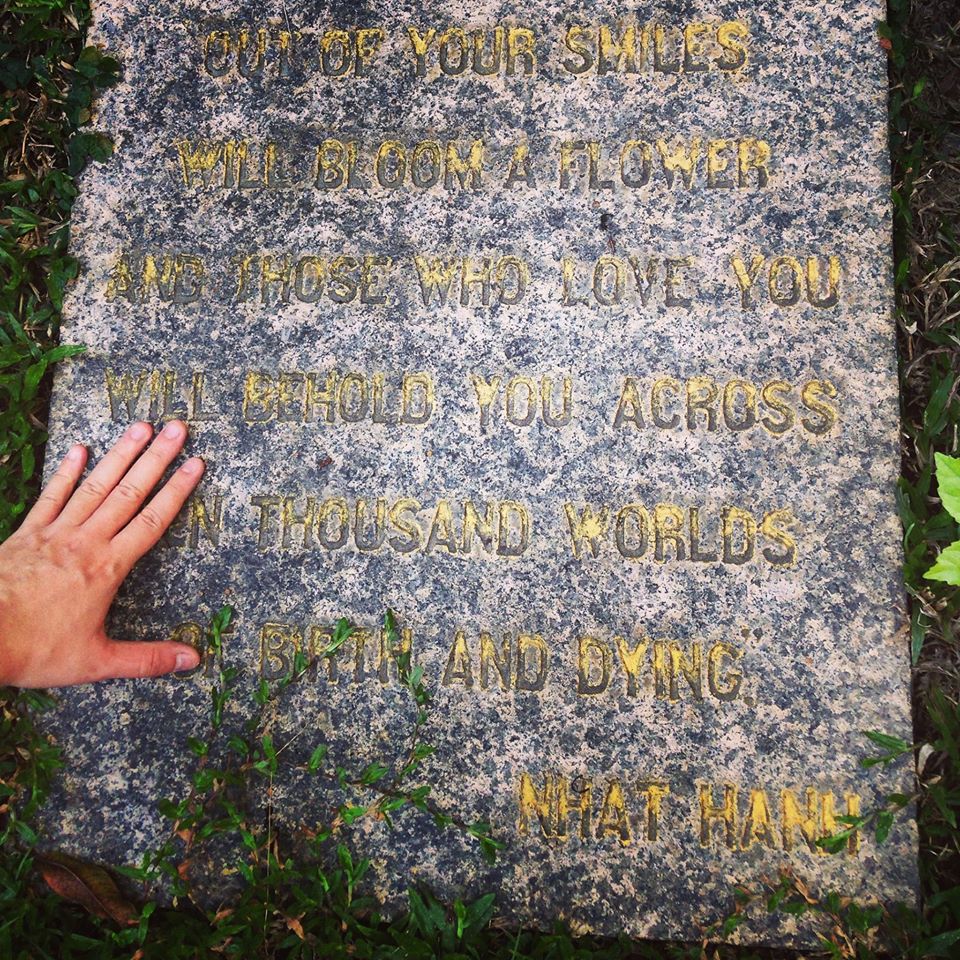Time Capsule
Time capsule (n.): a container storing a selection of objects chosen as being typical of the present time, buried for discovery in the future.
I have always been fascinated encountering those Hollywood movies, with scenes of young pupils carefully draft letters for themselves in the future, sometimes simply as an assignment, sometimes more profound, as a memorial act for their school’s anniversary. According to the definition above from the Oxford Dictionary of English, such narratives produced through lettering, are aimed for a (re)discovery.
Indeed, the final stage of the process gives the narratives a chance to be told again, to be reinterpreted one more time by their own authors. In popular media, the hype around this uncovering stage is prevalent in cases such as Bruce Farrer—a teacher who has been tracking down his students, all over the world, to send them letters they wrote 20 years before. In the linked video, delivered letters are recited aloud, usually accompanied with an unexpected “emotional roller coaster.” These (re)discoveries of narrative create a platform for audience, in which they self-reflect on their own former lives, and then reinterpret them through the eyes of the present.
The act of (re)discovery, however, does not just include school assignment as student letters from years ago. Time capsule also has included landmark memorial acts in human history. On July 11, 1969, Apollo 11 took flight to the moon. “That’s one small step for man, one giant leap for mankind.” But Armstrong’s very first step was not the only thing left behind on the moon, a small silicone disc, containing goodwill messages of leaders from 73 countries around the world, is also there. My inner archivist takes over when I find out Prime Minister Trudeau’s words in NASA document of the disc:
Even though the messages were disclosed immediately, the process of (re)discovery still had an important role of self-reflection, as it expressed “hope for peace to all nations of the world.” Narratives in this case, are collected as official voices from countries to celebrate a milestone achievement of mankind. “The Silicon disc represents a historic time when many nations looked beyond their differences to come together to achieve this historic first.” Charlie Duke, Apollo 16 moonwalker commented.
Narratives in the above instances are fragmented through temporal space (20 years or so) or geographical boundaries (73 countries, planet Earth and the moon). But at end through different approaches, the stories united to be (re)discovered.
I just wish that Sarah, as marginalized as she was, when being re-membered (from the dismembered state) would receive the same compassion as if she were sitting there, reading out loud her dust-covered letters to Maggie, giggling.



